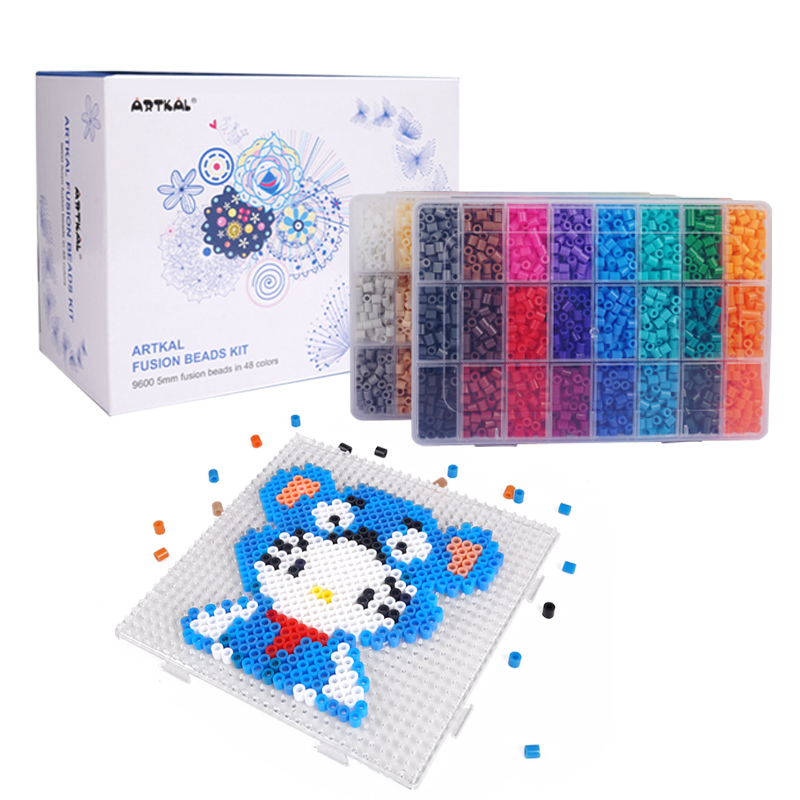Discovering the Composition and Properties of Perler Beads
Perler beads are an incredibly popular crafting material known for their vibrant colors and versatility. But are they truly made of plastic? In this comprehensive article, we will explore the composition and properties of Perler beads to answer this burning question.
1. Understanding the Composition of Perler Beads
Perler beads are primarily composed of a type of plastic known as high-density polyethylene (HDPE). HDPE is a thermoplastic polymer that exhibits excellent strength, durability, and resistance to chemicals. This makes it an ideal material for crafting Perler beads.
2. The Manufacturing Process
The manufacturing process of Perler beads involves several steps. First, the HDPE plastic is melted and then shaped into small cylindrical beads using molds. These beads are carefully cooled to solidify and maintain their desired shape. The beads are then sorted by color and packaged for sale.
3. The Versatility of Perler Beads
Perler beads offer endless possibilities for creativity and artistic expression. These beads can be arranged on pegboards to create intricate designs, which can be melted together using a hot iron or a specialized tool. Once melted, the beads fuse together, forming a solid plastic piece. Perler beads can be used to create jewelry, decorative objects, keychains, and even 3D sculptures.
4. Safety Considerations
While Perler beads are made of plastic, it is essential to take certain safety precautions when working with them. When melting the beads, ensure proper ventilation as the process can release fumes. Additionally, always use a protective barrier, such as parchment paper, between the beads and the iron to prevent any potential damage to the iron. It is also recommended to keep Perler beads away from small children to avoid accidental ingestion.
5. Other Similar Bead Materials
While Perler beads are made of plastic, there are other bead materials available that offer unique properties and effects. One popular alternative is the Artkal bead, which is made of a different type of plastic called polyethylene (PE). Artkal beads offer a softer texture and are designed to be fused using a lower melting temperature compared to Perler beads. Additionally, there are also wooden beads and glass beads commonly used in jewelry crafting.

In conclusion, Perler beads are indeed made of plastic, specifically HDPE. These versatile beads are enjoyed by crafters of all ages and offer endless creative possibilities. While working with Perler beads, it is crucial to prioritize safety and take appropriate measures to ensure a pleasant crafting experience. So grab your Perler beads, unleash your imagination, and let your creativity soar!

